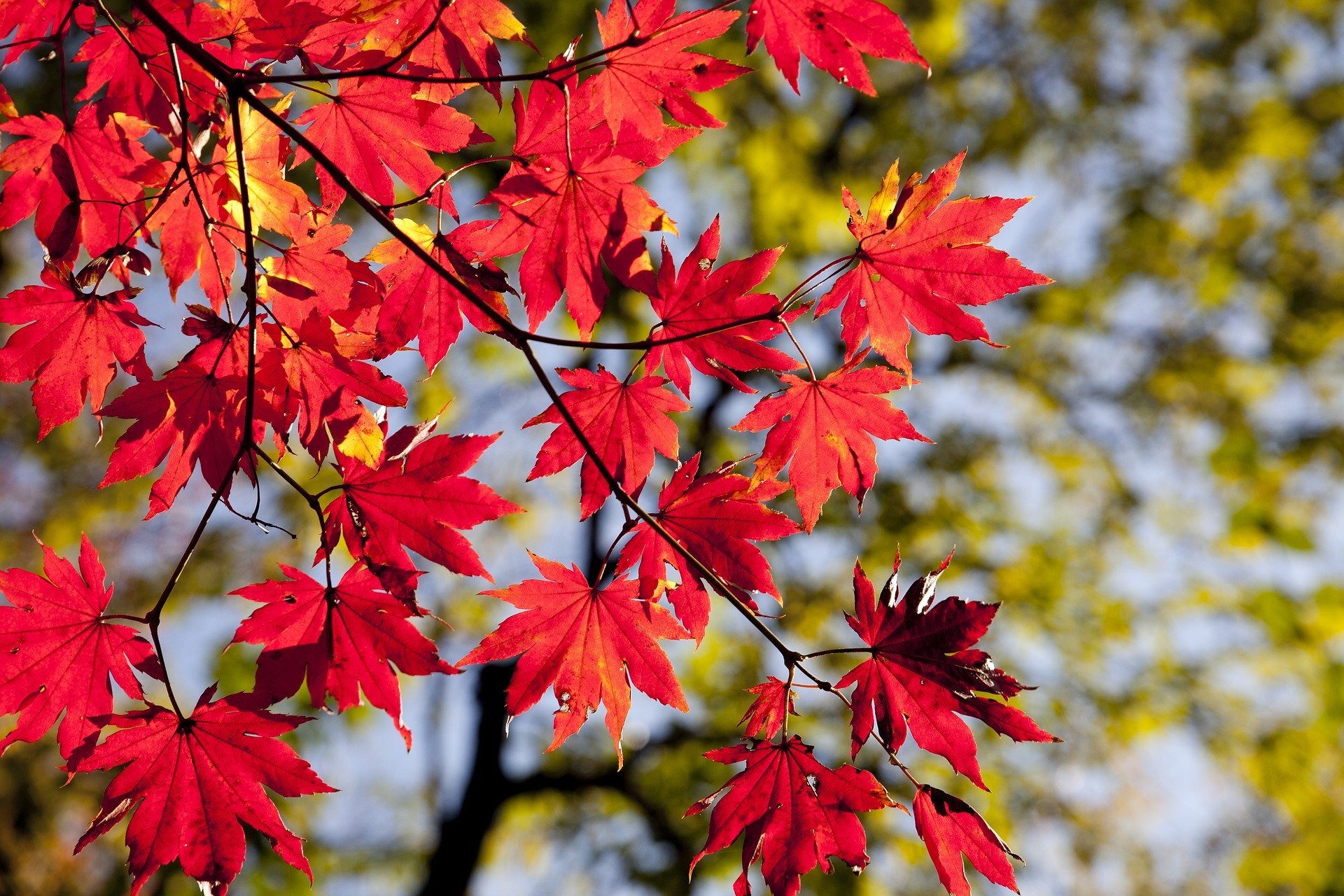Study finds that red maples were more productive in an environment with more urbanization
 A team of researchers examined whether urban red maple - a resilient native tree known for thriving in urban environments - adapts to environmental change and whether that response is affected by the size of the city.
A team of researchers examined whether urban red maple - a resilient native tree known for thriving in urban environments - adapts to environmental change and whether that response is affected by the size of the city.
They found that trees in large cities were actually healthier and more productive than those in lower density areas.
To determine how trees respond to different urban densities, the team - which included researchers from the University of Delaware - compared forests in Newark, Delaware, to those in Philadelphia, Pennsylvania. In the forest fragments that make up each city's FRAME network, data were collected to measure tree size and age, foliar nitrogen characteristics, nutrient and heavy metal content, stress-response metabolites, and surrounding soil conditions.
Not only were the trees adapted to urban conditions, but the red maple trees in the denser Philadelphia forest were actually healthier and more productive than those in the less urbanized surrounding Newark.
"We have varying degrees of nitrogen deposition because of smog from car tailpipes, building materials are adding excess calcium to the forest soil, carbon dioxide levels are rising because of population density, and we have impervious surfaces like roads and buildings that hold heat and heat up the city in a phenomenon we call urban heat islands," said Covel, a University of Delaware alumnus and co-author of the study McDermot said." Our goal was to evaluate health and stress-indicating compounds in the leaves of red maple trees that face these conditions in a large, highly urbanized city versus a small, fairly urbanized city embedded in a forest."
Urban ecosystems are often thought of as lacking in nutrients, but we've seen these systems have high nutrient loads that support productivity.
For example, in Philadelphia, there are many buildings that use concrete. Concrete is a substance that contains calcium, magnesium and aluminum. As construction and demolition occur, as they often do in cities, these materials eventually break down and become an available food source for plants. Look at your wall. It is most likely made of materials containing gypsum that will eventually go into the soil and become bioavailable to plants.
To create a barrier to stressors such as excessive heat or heavy metals, trees produce stress shielding and signaling compounds that protect chloroplasts and mitochondria from oxidative stress, allowing them to thrive. However, resources for growth and development need to be weighed against permanent stress defense. Philadelphia's soil conditions, unlike Newark's, which has experienced degradation due to past agricultural practices, are much more nutrient-rich, so these ecosystems hold enough nitrogen for trees to produce more stress-response compounds, while also growing into healthier, more productive forests.
McDermot hopes this red maple study will serve as a blueprint for future research on other species commonly found in urban systems.
"This gives us insight into planting the right trees in the city," said McDermot." We can't just focus on beautification. We need to support ecological resilience. It's about prescribed greening - planting the right trees in the right places, in the right soil conditions and for the right reasons."


